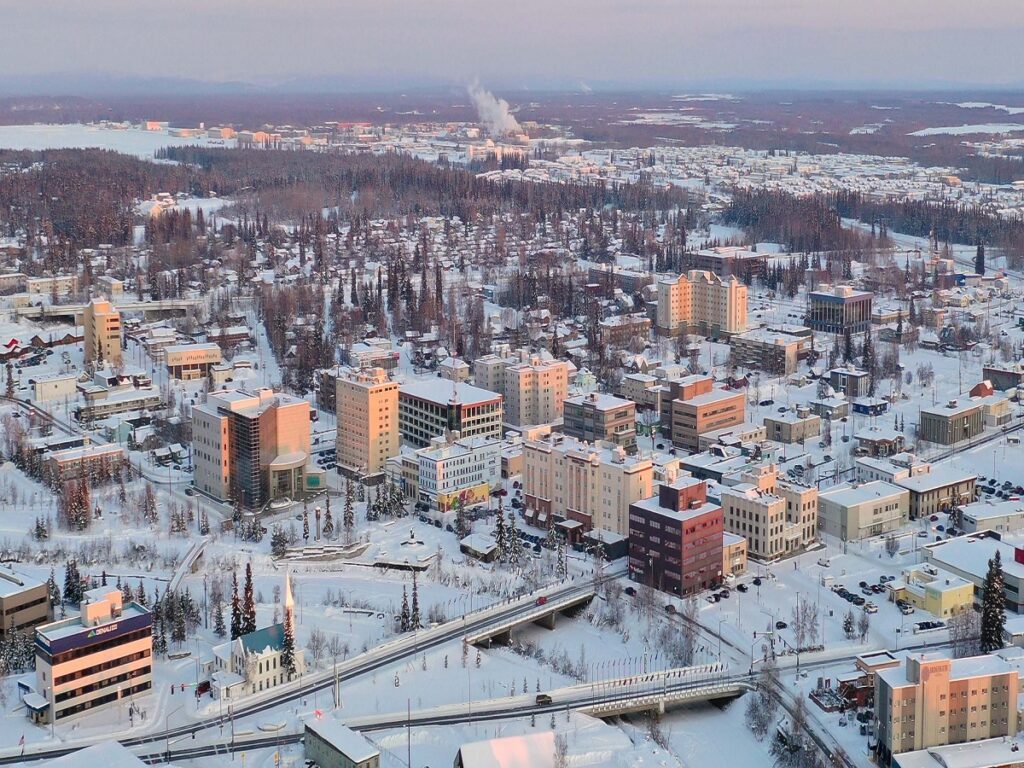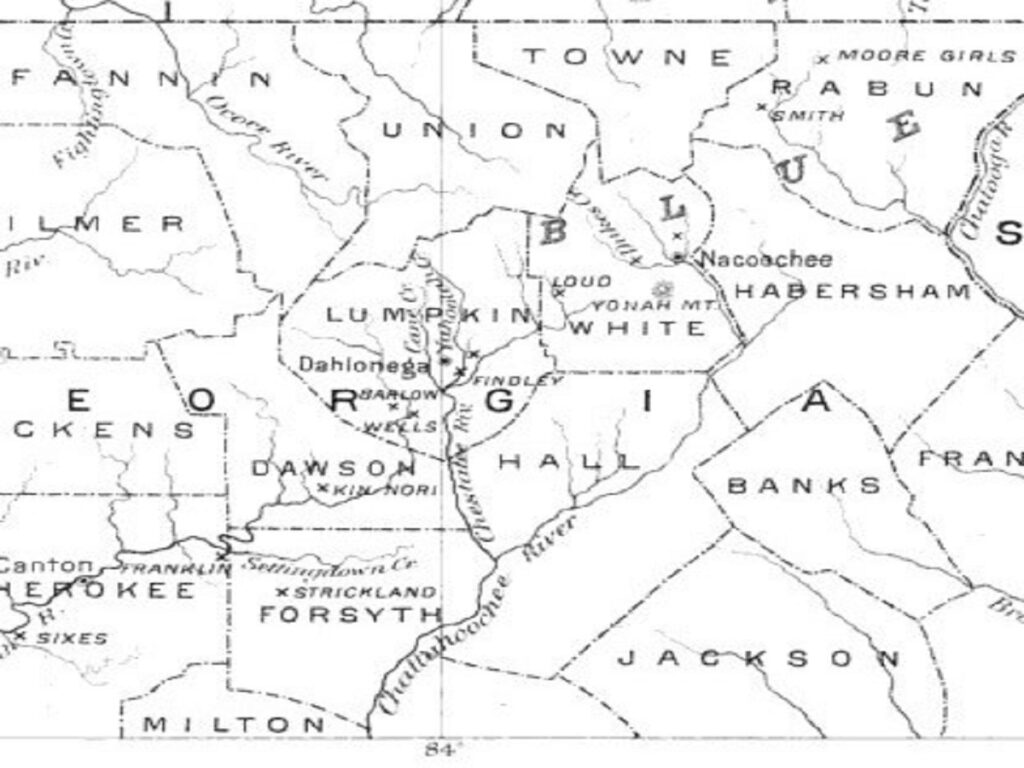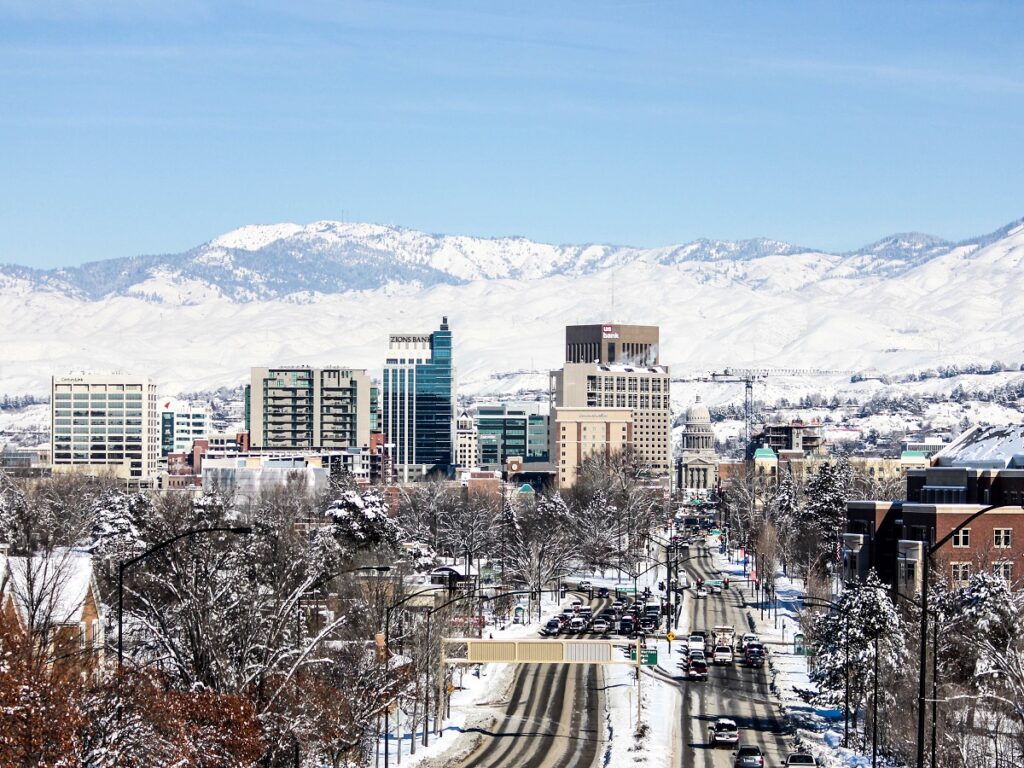Gold hunting might sound like a thing of the past, tied to the wild dreams of 19th-century pioneers, but the truth is, there are still places across America where modern prospectors can strike it lucky. From historic mining towns to untouched riverbeds, these destinations keep the golden spirit alive. Whether you pan by hand or use small-scale equipment, each spot offers both history and the thrill of discovery. Here are five of the most promising gold-rich regions still glittering with opportunity.
1. California’s Mother Lode Region

Built upon the dreams of the 1849 Gold Rush, California’s Mother Lode Region stretches roughly 120 miles through the Sierra Nevada foothills. Towns like Placerville, Auburn, and Jamestown were established during that boom, and much of the land still holds deposits today. Recreational panning is legal in many rivers, including the American and Yuba. Modern seekers can explore old tailings or use metal detectors near historical dig sites. This region, steeped in gold lore and rugged landscapes, remains one of the best places to relive the golden age of discovery literally.
2. Fairbanks, Alaska

Founded in 1901 after Felix Pedro’s famous gold strike, Fairbanks remains a cornerstone of Alaska’s mining heritage. The surrounding Tanana Valley is rich with placer gold deposits still found in creeks like Cleary, Pedro, and Chatanika. Visitors can try their hand at panning at Gold Dredge 8, a historic site preserving original mining machinery. The cold Alaskan soil still yields surprising amounts of fine gold, especially after the spring thaw. Despite its remote wilderness, Fairbanks offers modern amenities alongside its wild promise, attracting serious miners and casual treasure seekers alike.
3. Black Hills, South Dakota

The Black Hills, where gold was first discovered in 1874 during Custer’s expedition, gave rise to legendary mining towns like Deadwood and Lead. The Homestake Mine, once one of the deepest and richest in the Western Hemisphere, helped build the region’s prosperity. Today, panners can explore creeks such as Castle, French, and Rapid, where trace amounts of gold remain. Public lands and claim rentals make it easy for adventurers to test their luck. The scenic pine forests and old mining relics create an atmosphere that blends adventure with pure American history.
4. Dahlonega, Georgia

Before the California Gold Rush ever began, Dahlonega was home to one of the first major gold strikes in the U.S. in 1828. The town was built around the discovery, sparking the first true American gold rush. Many of its historic mines, such as the Consolidated and Crisson Gold Mines, now welcome visitors for guided tours and panning experiences. Streams in Lumpkin County still glisten with small flakes, and hobbyists often find enough to keep the thrill alive. Dahlonega’s preserved charm and golden legacy make it both educational and rewarding for modern prospectors.
5. Boise Basin, Idaho

Discovered in 1862, Boise Basin became one of the richest gold mining areas in the Pacific Northwest, giving rise to towns like Idaho City and Placerville. The region’s rivers and gulches continue to contain placer gold deposits, particularly in Grimes and Moore Creeks. Prospecting is allowed in several parts of the Boise National Forest, where hobbyists can still uncover small nuggets with persistence. With its pine-covered hills and echoes of frontier life, the Boise Basin remains a gold hunter’s paradise, offering both serenity and a whisper of fortune beneath the soil.
Comments